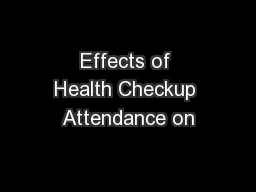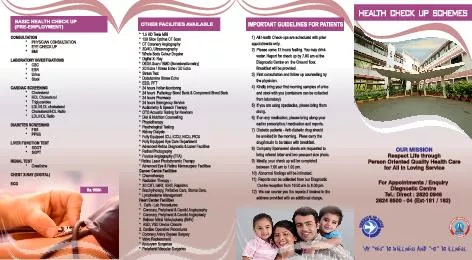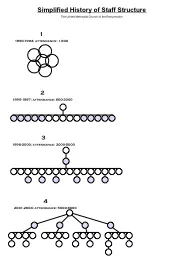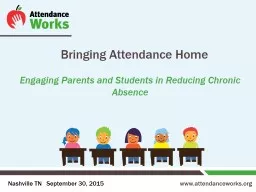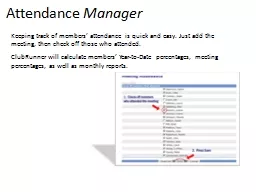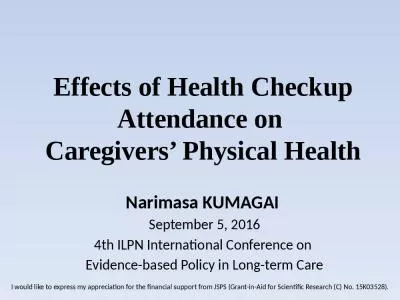PPT-Effects of Health Checkup Attendance on
Author : natalia-silvester | Published Date : 2017-09-20
Caregivers Physical Health Narimasa KUMAGAI September 5 2016 4th ILPN International Conference on Evidencebased Policy in Longterm Care I would like to express
Presentation Embed Code
Download Presentation
Download Presentation The PPT/PDF document "Effects of Health Checkup Attendance on" is the property of its rightful owner. Permission is granted to download and print the materials on this website for personal, non-commercial use only, and to display it on your personal computer provided you do not modify the materials and that you retain all copyright notices contained in the materials. By downloading content from our website, you accept the terms of this agreement.
Effects of Health Checkup Attendance on: Transcript
Download Rules Of Document
"Effects of Health Checkup Attendance on"The content belongs to its owner. You may download and print it for personal use, without modification, and keep all copyright notices. By downloading, you agree to these terms.
Related Documents

